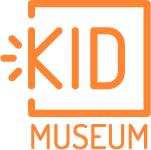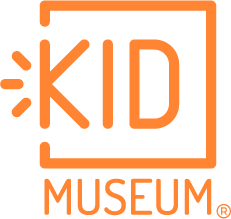Discover the cultural importance and origins of corn and the corn tortilla. Then explore a dish or ingredient important to your family or culture and take part in a variety of ways to celebrate it.
maker playground
culture spotlight: mexican cuisine | all ages
explore
Mexican Cuisine is extremely popular in the United States and beyond. In fact, did you know that more salsa is sold every year in the United States than ketchup?
The origins of Mexican cuisine goes back about 9,000 years to the ancient indigenous civilizations of Mexico and Central America who hunted animals and gathered plants native to the area. Their diet included proteins like turkey, iguanas, and grasshoppers, as well as plant-based foods like beans, squash, and chile peppers. But one of the core ingredients of today’s Mexican food was not available; in fact, it didn’t even exist yet. Over the next few thousand years, the people of Mexico shaped the evolution of a wild grass called teosinte, harvesting and planting seeds from the plants that yielded the best food. Eventually they had invented an entirely new vegetable that would take center stage in the diets of people in Mexico and all over the world: corn.
By 1000 BCE, corn was being broken down to make many delicious foods through nixtamalization, a process that is still used today. Corn kernels are cooked in a mixture of water, lime, and ash, then washed, peeled, and ground into masa. Masa is used to make many corn-based Mexican dishes, but it is most commonly used to make corn tortillas.
From the thousands of products that are made from corn to the many delicious Mexican dishes that are built with the simple tortilla, the influence of Mexican cuisine is evident around the world. But to the Mexican people, the tortilla is more than that. It is a symbol of pride, a cherished building block of Mexican culture that is still made from scratch using ancient processes invented by their ancestors thousands of years ago.
Watch this to learn more about the history and science of turning corn into masa.
Need more inspiration? Check out this spotlight on chef Abigail Mendoza who is on a mission to keep her Mexican cooking traditions alive.
imagine
You might not have invented a totally new vegetable, but most people have memories and traditions tied to food. Think about ways food is an important part of your family’s history, and choose a dish you are interested in exploring the traditions behind.
- What ingredients or dishes are important to your culture or your family’s history and traditions?
- How do you feel when you eat these dishes?
- Do you know the story behind this food’s importance? Ask other members of your family! Consider questions like these:
- Do you remember the first time you ate this food?
- Have you always eaten this food on special holidays or occasions?
- Who was the first person in our family to cook this food?
- Is this food part of our cultural heritage?
- Why is this an important food in our family?
create
After you’ve explored an important culinary tradition in your family, it’s time to get in the kitchen! Try one (or all) of these activities to practice what you’ve learned and experience the deep connections created by food.
- Watch Mexican chef, Pati Jinich demonstrate how to make corn tortillas, and follow along at home!
- Team up with a family member to make one of your traditional dishes. Consider surprising someone with the treat while you share what you’ve learned about your shared history.
- Try remixing your traditional dish to reflect new or evolving pieces of your family’s history.
- Record a video of you making your traditional dish, while you explain its significance.
However you connect with your family’s food traditions, we want to hear about it. Send your stories, pictures, and videos to us at socialmedia@kid-museum.org.
Watch Chef Claudette Zepeda explaining the importance of a family’s mole recipe.

